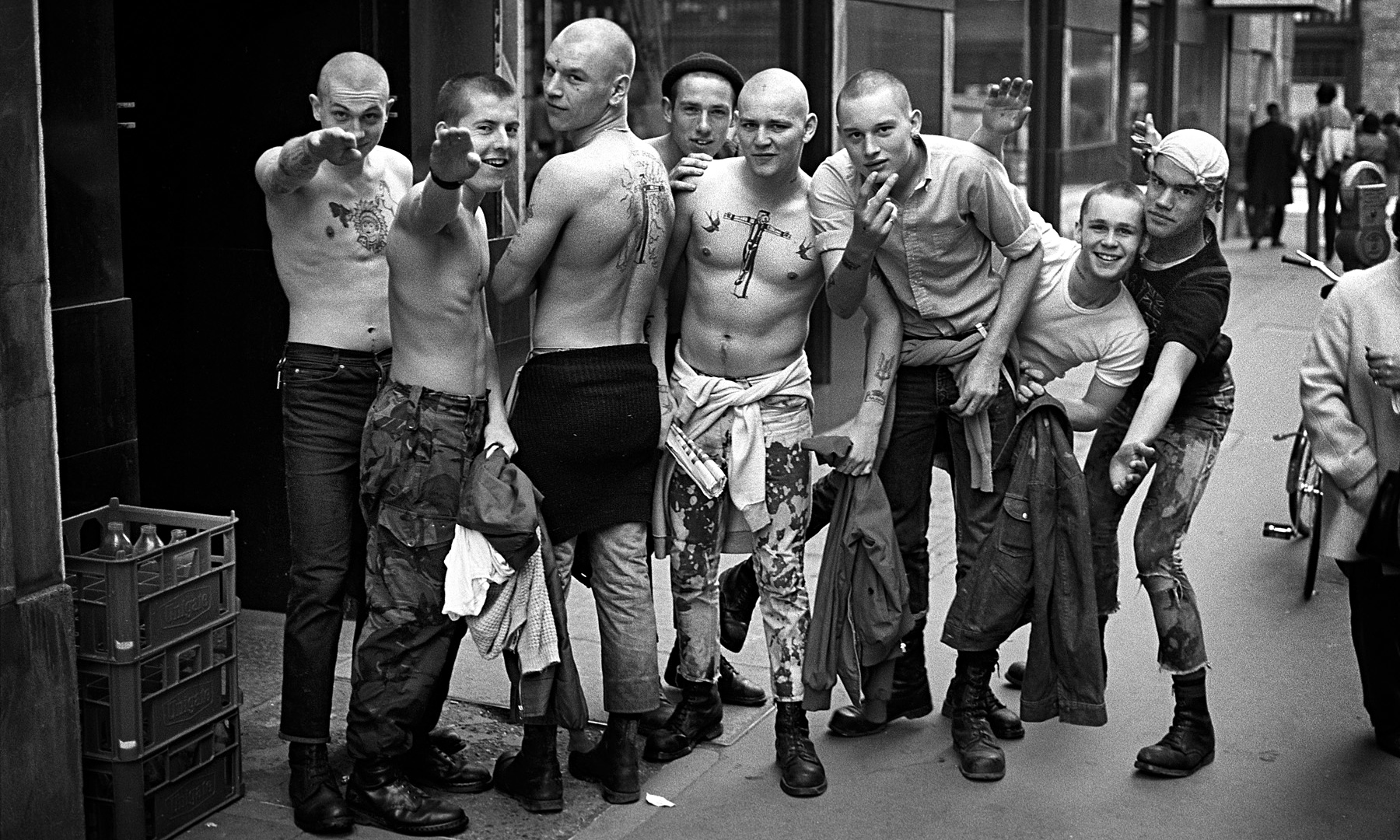Richard Hebdige's Sub-culture
Introduction
- Subcultures are when a group of people become together and form an identity because they share similar ideas and belief. In other words, they are groups who are united through common values systems and tastes such as clothes, music, politics etc.
- Subculture is a group of people within a culture that differentiates itself from the larger culture to which it belongs.
- A group who are also positioned outside of the mainstream culture.
How are they evident in the music industry ?
These are some of the examples of sub-cultures:
- Skinheads


- Nerds


- Bikers


- Hippy


- Emo


- Queer
Conformity and rebellion:
- They do not like conformity, they like to rebel against common values and systems.
Attitude to capitalism and consumerism (are they materialistic):
- Do no follow capitalism, have their own set of rules and behaviours conduct. Tend not to be consumerists, however do consume good that's a relevant to their lifestyle.
'Tribal/gang' rivalry with other groups in society:
- Do not like mixing. However, traditionally, they have stereotypes where they do not like certain groups of people/races etc.
Traditional ideas or 'neophyte' (new ideas):
- Have their own traditional beliefs in the way they should live their lives. True followers of subcultures do not take upon 'neophyte' ideas.
Music interests:
- Niche ( genre depends on the subculture group).
What did McCracken say ?
- Grant McCracken made two statement:
1. ''The postmodern world is full of diversity, dynamism and creativity''.
2. ''If we look at the array of valves, and ideologies then we can't say all subcultures come from one culture''.

What did Hebdige say ?
- Although some people think subcultures appears to be different, deep down they are the same.
- Sub-culture are ''little culture'' as they are all doing the same thing of resistance.
- Consumption is an active process in which different audiences read into the same cultural product.
- Many groups are involved in protest and resistance against the mainstream.
- People can resist mainstream culture and become a subculture.


Hebdige and pop music:
- Bands are able to go independent and be successful away from mainstream culture.This was most significant during the punk area.
- Consuming music is a process that differs from person to person.
- For example, social background can lead to different readings of the same song = people are not part of the ''mass-culture''.
- This theory suggests subcultures, in which people with similar tastes and interests have a different tastes in music due to their social background etc.
Subcultures and historical times in relation to music
- Many argue that cultural music tastes depended on the historical time and structure of social, economic and political change.
- 1950s rock 'n' rollers, beatniks and Teddy boys.
- 1960s surfers, rudeboys, mods, hippies and bikers,
- 1970s skinheads, soul boys, rastas, glam rockers, funksters and punks.
- 1980s heavy metal, hip-hop, casual, goth, rave and clubber styles.
- 90s, noughties and beyond. Distinctive blends of fashion and music love have become a defining feature of the cultural landscape.
How does the industry now target audiences ?
- The industry in the modern day target their audiences in numerous way where it is appropriate and appealing towards the audience making them passive. An example of this is 'The X Factor''.
'' There are two rival views of the relationship between pop music and youth ''
1) Pop stars are constructed to appeal to specific markets with specific valves.
2) The audience are so unpredicted in their like and dislikes that record companies can never truly know how to target them.
Current day in relation to Hebdige
- Consuming music is a process that differs from person to person. This is a very clear evident in today's society. An example of this is ''The X Factor''.
- Social background can lead to different readings of the same song. This means people are not part of one '' mass-culture'' - can all like one thing, but for different reasons.
- This theory suggests subcultures, in which people with similar tastes and interests have a different tastes ain music due to their social background etc. This is true, however it is clearly starting to change.
Current day in relation to Dyer's ''Star Theory''
- Stars represent shared cultural values and attitudes, and will promote a certain ideology.
- Fans who agree with that set of values will support the star.
- Fans will imitate stars in an aspirational effort to get 'closer' to the glamorous, fantasy lifestyle they appear to have. This may take the form of 'dressing up', imitating performances, adopting behaviour etc.
- Though Dyer was applying this theory to movie stars. It can also be applied to pop stars, who often have a far faster rise to stardom by promoting values.
Conclusion
- All the information above has helped me to gather more knowledge into the subcultures in contrast to the mainstream. However, the target audience for my music video would be more appealing toward the mainstream due to the conventional features and is more appropriate for a mass-culture audience. This is because my video would not include any distinctive features such as controversy and harmful images but rather more performance and concept based which is more entertaining to watch.
Some really good work here. General discussion on sub-cultures is good along with their morals and values to society. Good examples and groups drawn upon and some further good discussion on how sub-cultures are evident and catered to in our current society.
ReplyDeleteTo improve;
-where you provide the examples of various sub-cultures near the start of your post, can you comment on their musical interest?
-do you agree with mainstream channels and shows trying to appeal to a sub-culture markets?